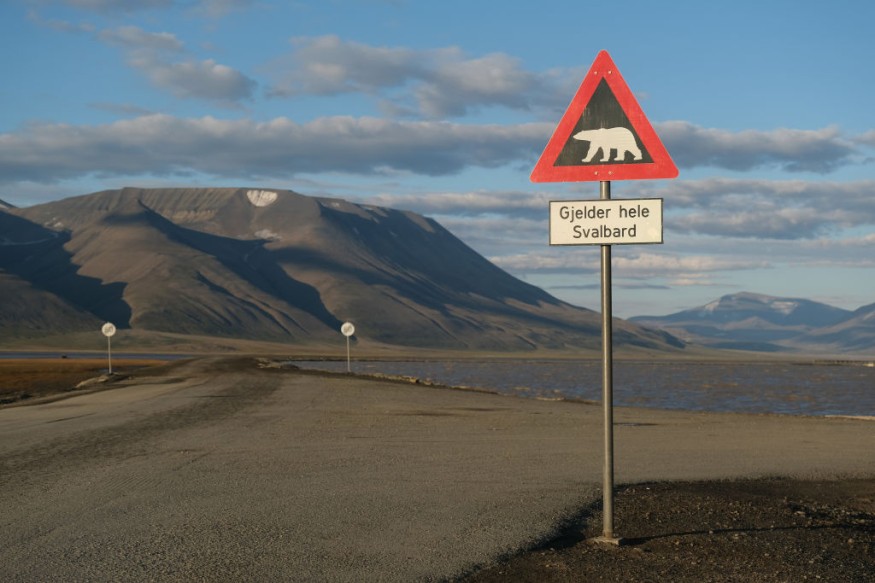
Due to melting sea ice caused by climate change, polar bears from Alaska are forced to seek home and hunting grounds in Russia, American scientists said.
According to the Alaska Science Center of the US Geological Survey (USGS), the number of bears in the Southern Beaufort Sea had dropped from 1,500 to 900 between years 2000 and 2010. Previous studies had linked declines in summer sea ice to reduced physical condition, growth, and survival of polar bears (Ursus maritimus) in this outlying sea of the Arctic Ocean, situated north of Canada and Alaska.
In fact, it was decided in 2018 to list the species as threatened under the U.S. Endangered Species Act.
Polar bears as Arctic dwellers
According to a recent study by Washington State University, polar bears in the Beaufort Sea had decreased in the recent years, almost 30 per cent of their population. Meanwhile, the number of bears spotted in Russia's Wrangel Island in the neighbouring Chukchi sea - where food is abundant, had grown since 2017.
"It wasn't always like this," said Herman Ahsoak, a whaling captain from Utqiagvik, Alaska. "Back in the late 1990s there were 127 here. I had never seen so many in my life. We had a dedicated patrol team to keep watch and protect the town.
"But when the sea ice really started to retreat, we stopped seeing them so often. I'm sure there is still a healthy population, but they have mostly moved on from here."
Due to anthropological conditions, the Arctic is now warming four times as fast as the rest of the globe, as reported by NASA scientist Peter Jacobs. The climate conditions drive away the Arctic dwellers to migration, and the climate system had changed at a geologically unprecedented rate, primarily due to industrial activities.
Decline in adult population
In the meantime, experts cannot put an exact estimate to decline in adult population numbers due to a lack of long-term data, however, they say between 21,000 to 30,000 polar bears are now left in the wild. Their situation could not just drive them to migration, but even to extinction, possibly, since surviving during these times isn't exactly as easy as it sounds.
Anthony Pagano, a postdoctoral researcher in Washington State University's School of the Environment, said: "Having to travel farther means these bears are expending more energy which can threaten their survival.
According to USGS, low survival from year 2004 through 2006 led to a 25-50% decline in abundance. Although survival of adults and cubs began to improve in 2007 and abundance was comparatively stable from 2008 to 2010, survival of subadult bears declined throughout the entire period.
"If we want to preserve the habitat of these amazing mammals, then we need to focus on the root of the problem, which is slowing global climate change," Pagano noted.
While this is not an overnight process, a refined understanding of the ecological mechanisms of polar bears and their population dynamics is necessary to improve projections of their future status, thus, their development could be facilitated and management strategies can be drafted.
© 2026 NatureWorldNews.com All rights reserved. Do not reproduce without permission.





